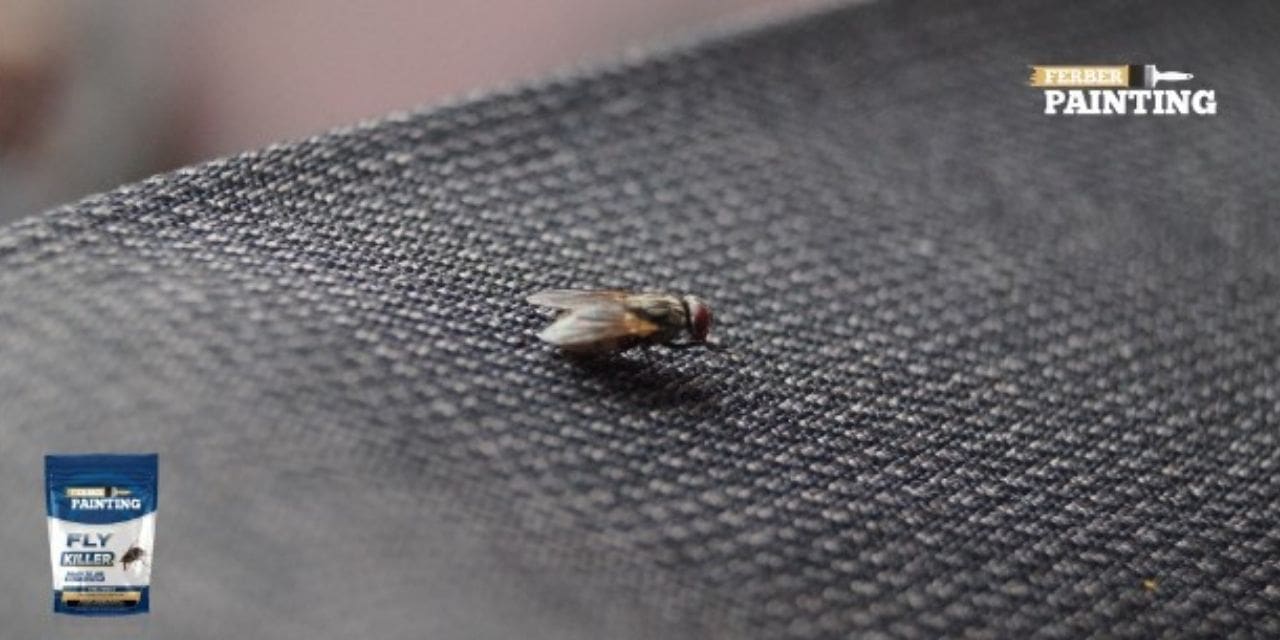Textiles are much more than materials used to make clothing and home decor. They represent a harmonious fusion of science, art and engineering, playing an essential role in our daily lives. From the initial fiber to the final fabric, each stage of manufacturing is a complex symphony of innovation and tradition, offering an endless diversity of textures, patterns and functionality.
Origins: Textiles date back thousands of years, when our ancestors discovered how to manipulate natural fibers like cotton, linen and wool to create sturdy and comfortable fabrics. Over time, humanity has explored new fibers and developed weaving, knitting and manufacturing techniques, continually pushing the boundaries of textile creativity.
The Magic of Fibers: Textiles start with fibers, often classified into two main categories: natural and synthetic. Natural fibers, such as soft, breathable cotton, insulating wool and elegant linen, come from plant or animal sources. In contrast, synthetic fibers like durable polyester and strong nylon are man-made from chemicals and polymers.
The Manufacturing Process: Transforming fibers into fabrics involves several complex steps. First, fibers are spun into yarns, which are then woven or knitted to create textile structures. This process can include advanced techniques such as digital printing, finishing and treatment of fabrics to achieve specific properties such as waterproofing, elasticity or UV resistance.
The Diversity of Textiles: Textiles are omnipresent in our daily lives, ranging from high fashion clothing to technical textiles used in automobiles and aerospace. Furnishing textiles transform our homes into havens of comfort and style, while medical and sports textiles improve our well-being and performance.
Continuous Innovation: The textile industry is fertile ground for innovation. From smart textiles incorporating sensors to monitor health to eco-friendly fabrics created from recycled materials, each advancement pushes the boundaries of what textiles can accomplish.
Towards a Sustainable Textile Future: With increasing awareness of environmental challenges, the textile industry is moving towards sustainable practices. Initiatives like fiber recycling, carbon footprint reduction and the use of natural dyes reflect the commitment to creating a future where fashion and sustainability coexist harmoniously.
In conclusion, textiles are much more than just materials: they are the expression of our creativity, our culture and our desire to innovate. As we explore new frontiers in textile technology, we will continue to discover how these versatile fabrics can enrich our lives in lasting and aesthetic ways.

